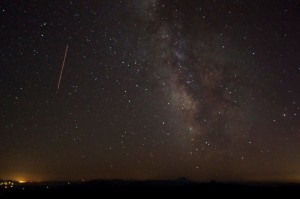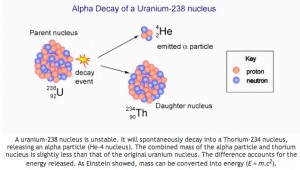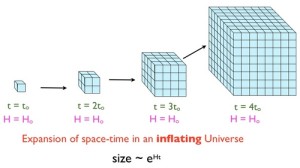Farnsworth: “There is it. The edge of the Universe!”
Fry: “Far out. So there’s an infinite number of parallel Universes?”
Farnsworth: “No, just the two.”
Fry: “Oh, well, I’m sure that’s enough.”
Bender: “I’m sick of parallel Bender lording his cowboy hat over me!” –Futurama
Our existence here in this Universe is something that we know is rare, special, beautiful, and full of wonder.
Image credit: Kelly Montgomery.
Some things happen with amazing regularity and predictability: the occurrence of days-and-nights, the tides, the seasons, the motion of the heavenly bodies, and so much more.
The physical laws that govern the Universe are very, very well understood, and that understanding has helped us construct a rather comprehensive view of exactly what our observable Universe consists of, where it came from, and what it looks like.
And yet, it’s not an entirely predictive system! Sure, laws like gravity are predictive and deterministic: in other words, if we knew the positions and momenta of all the particles, and had infinite computational power, we could figure out the properties of any particle an arbitrary amount of time into the future. (Or the past, for that matter.)
But then quantum physics came along.
Image credit: © Copyright CSIRO Australia 2004, via http://outreach.atnf.csiro.au/.
And it turns out that knowing the positions and momenta of particles — even of every particle in the Universe — isn’t enough to determine the properties of that particle in the future.
Give me an atom of Uranium, and sure, you know it will decay. But you can’t predict when!
You can predict the probability that any particular Uranium nucleus will decay after a given amount of time, and you can — if you get a large enough sample of Uranium — predict some properties of the larger ensemble that the individual particles make up.
But there is no way, regardless of what you do, to predict what any one particular particle will do. And the same quantum weirdness, or indeterminism, turns up in other system, such as firing a single photon at a screen with multiple openings in it.
Image credit: Robert Austin and Lyman Page / Princeton University.
Sure, if you fire enough photons, you can be confident in the pattern that will emerge, statistically. That’s what quantum mechanics allows you to predict with great accuracy.
But if you are asking about the properties of one particular particle — where it winds up, what path it took, etc. — there is no way to know. This is one of the most mind-boggling, puzzling aspects of the quantum reality of our Universe.
And at the same time, remember, our Universe, our physical, observable Universe, is full of a huge amount of this stuff!
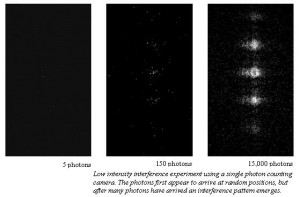 Image credit: NASA, ESA, R. Windhorst, S. Cohen, and M. Mechtley (ASU), R. O’Connell (UVa), P. McCarthy (Carnegie Obs), N. Hathi (UC Riverside), R. Ryan (UC Davis), & H. Yan (tOSU).
Image credit: NASA, ESA, R. Windhorst, S. Cohen, and M. Mechtley (ASU), R. O’Connell (UVa), P. McCarthy (Carnegie Obs), N. Hathi (UC Riverside), R. Ryan (UC Davis), & H. Yan (tOSU).
When you add everything up that we know of: photons, neutrinos, protons-and-neutrons (or quarks and gluons, if you want to go more fundamental), electrons, antimatter, and everything else, we know that there are at least some 1090 particles in the observable Universe.
The Universe has been around — since the era of the Big Bang — for some 13.8 billion years, or some 4 × 1017 seconds, or (if you prefer units of Planck time) about 8 × 1060 units of Planck time.
Now think about all that time, and think about one particle. Any one you want, but just one.
Image credit: James Schombert of University of Oregon, via http://abyss.uoregon.edu/~js/.
How many times did that one particle experience a quantum interaction with another? How many times did its position or momentum change? How many times did one particular quantum possibility happen for that particle, and hence, not the other possibilities?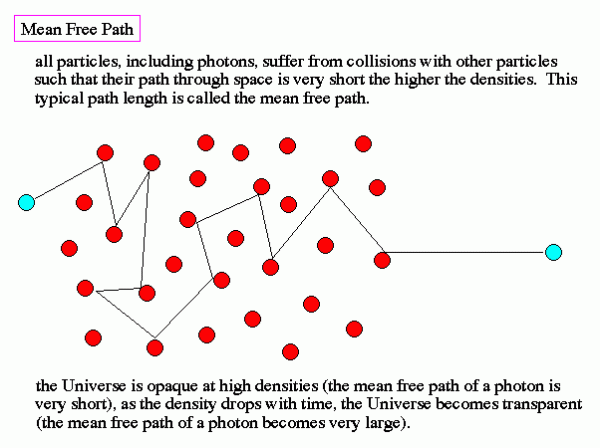
The answer, for each of these 1090 particles, is a lot. Each time a nuclear reaction takes place inside a star — something that happens maybe 1020 times each second in our Sun alone — a huge number of particles experience a quantum interaction. And if just one of these interactions had a different outcome, our Universe would be in a different quantum state than the one it’s actually in.
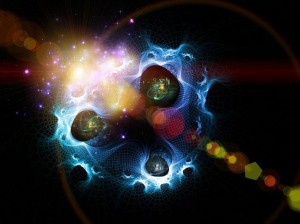 Image credit: Jeff Miller, Ph.D. via Apologetics Press, from http://vnn.org/.
Image credit: Jeff Miller, Ph.D. via Apologetics Press, from http://vnn.org/.
If just one randomly directional process — like matter-antimatter annihilation — had occurred in a slightly different direction, like it was off by 0.000000001°, our Universe would be different. If a single radioactive atom decayed just an attosecond later than it actually did, our Universe would be different.
And with all the particles interacting in all the ways they have over the Universe’s history, you can make some calculations to try and determine how many of these quantum “decisions” have been made, and what the odds are that our Universe would exist with every quantum phenomenon shaking out exactly the way it has.
Well, the number of possibilities is somewhere around — are you ready for a big number? — 101090!, which should be read as ten-to-the-((ten-to-the-ninety)-factorial). Which, unless you’re a professional mathematician who specialized in number theory, is probably the biggest number you’ve ever seen or conceived of. (For comparison, I’m going to show you only 1000!, or 103!)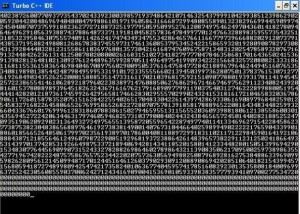
Image credit: Mohammad Shafieenia of http://www.codeproject.com/.
“So what,” you might scoff! “A number can be as big as it wants, but if the Universe is infinite, then there are an infinite number of realizations that are just like this, and every quantum possibility can happen somewhere!”
Easy there. Those are some big assumptions. First off, there’s an assumption underlying the idea that parallel Universes could be real, something that’s glossed over by many-worlds interpretation enthusiasts.
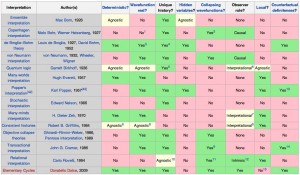 Image credit: Wikipedia’s comparison of interpretations of quantum mechanics.
Image credit: Wikipedia’s comparison of interpretations of quantum mechanics.
You see, in quantum mechanics, we define a particle’s properties by a wavefunction, and that function changes over time.
Now, in some interpretations, that wavefunction isn’t a real thing, with definite properties, that determines anything about that particle. Measurables are the real thing, and the wavefunction is just a calculational tool.
But in other interpretations (like many-worlds), the wavefunction is really a real thing, and so every time a “quantum decision” can be made, every possibility happens somewhere, and what we experience as our Universe is simply a path being chosen.
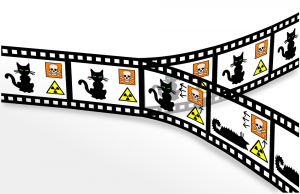 Image credit: Christian Schirm of Wikimedia Commons.
Image credit: Christian Schirm of Wikimedia Commons.
Mathematically, these different interpretations yield the same measurable results. But if we want this latter interpretation — the many-worlds one (with a huge number of parallel Universes and all) — to be true, we need at least 101090! Universes-worth of space, time, and matter for it to happen in.
And while there are some good arguments that we do, in fact, live in a multiverse, the leap to having that much Universe to work with is staggering. Let me explain.
You see, the Universe, in its very early history, underwent a period of cosmic inflation, where the Universe expanded exponentially.
For a period of at least ~10-30something seconds, this was what happened to set up the Big Bang.
There are some good arguments that inflation has been happening for a very long time (detailed here), which means that there could be 101090! regions of spacetime identical (more-or-less) to our own.
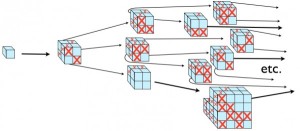 Image credit: me.
Image credit: me.
But there’s a huge leap between “at least 10-30something seconds” and the “at least 101090! seconds” (or years, or Planck units, or whatever; the units are unimportant at this level) that having real parallel Universes requires.
Now, this isn’t to say it can’t or doesn’t happen, but it is a tremendous leap, and one that requires an inordinate extrapolation to make.
We’re still trying to figure out what came before inflation, how long it lasted, and whether there was a singularity or not to initiate it.
Let’s keep in mind how mind-bogglingly much one must assume if we want infinite parallel Universes to be real, and remember as we move forward in time through the Universe: some infinities are bigger than others.
And that’s what I have to say about the physics of parallel Universes!
Related articles


